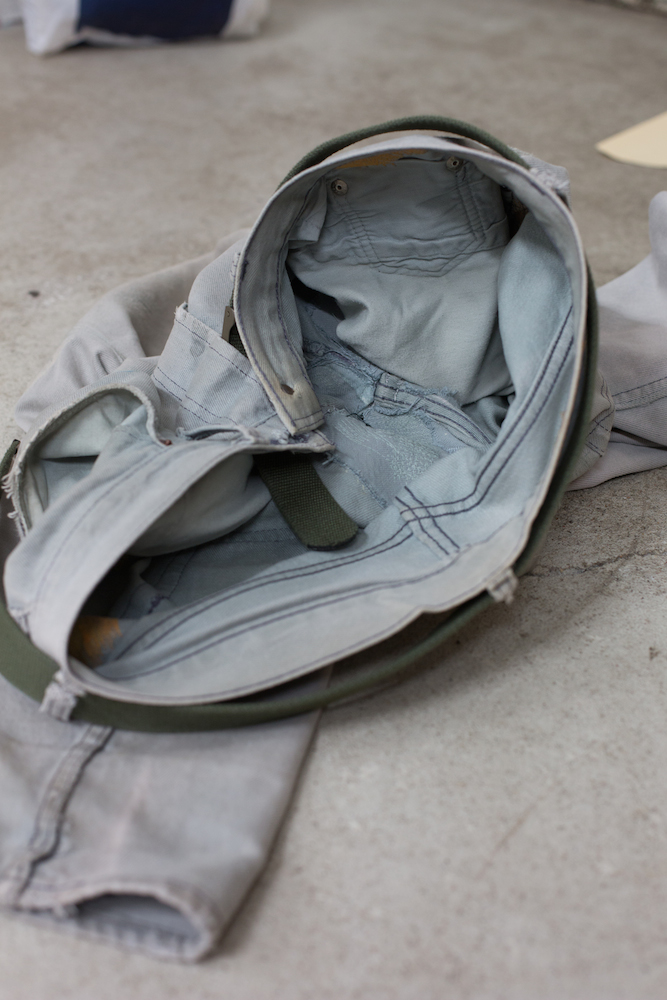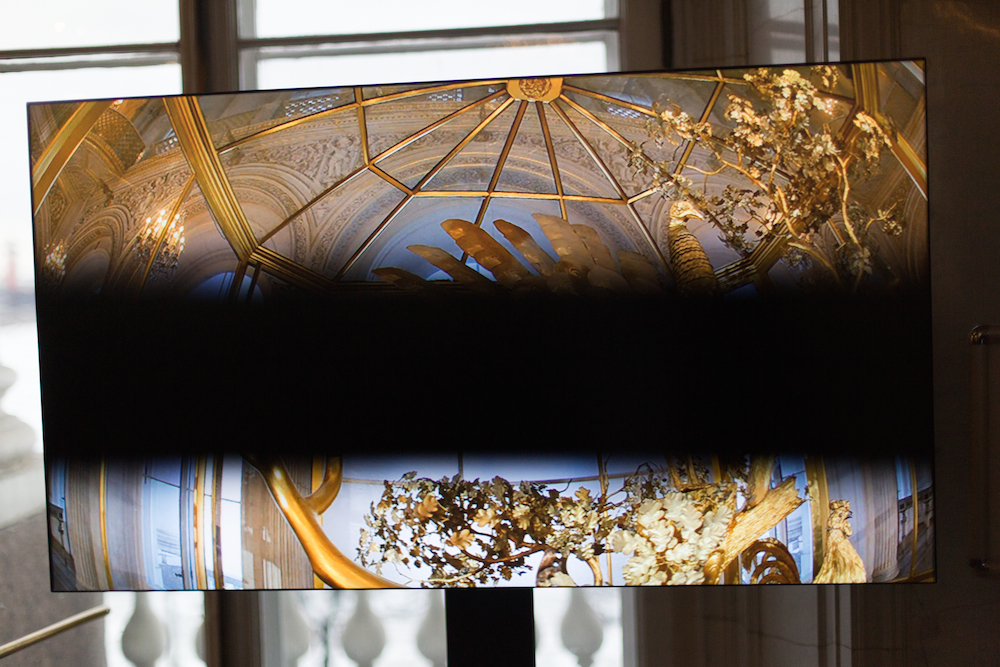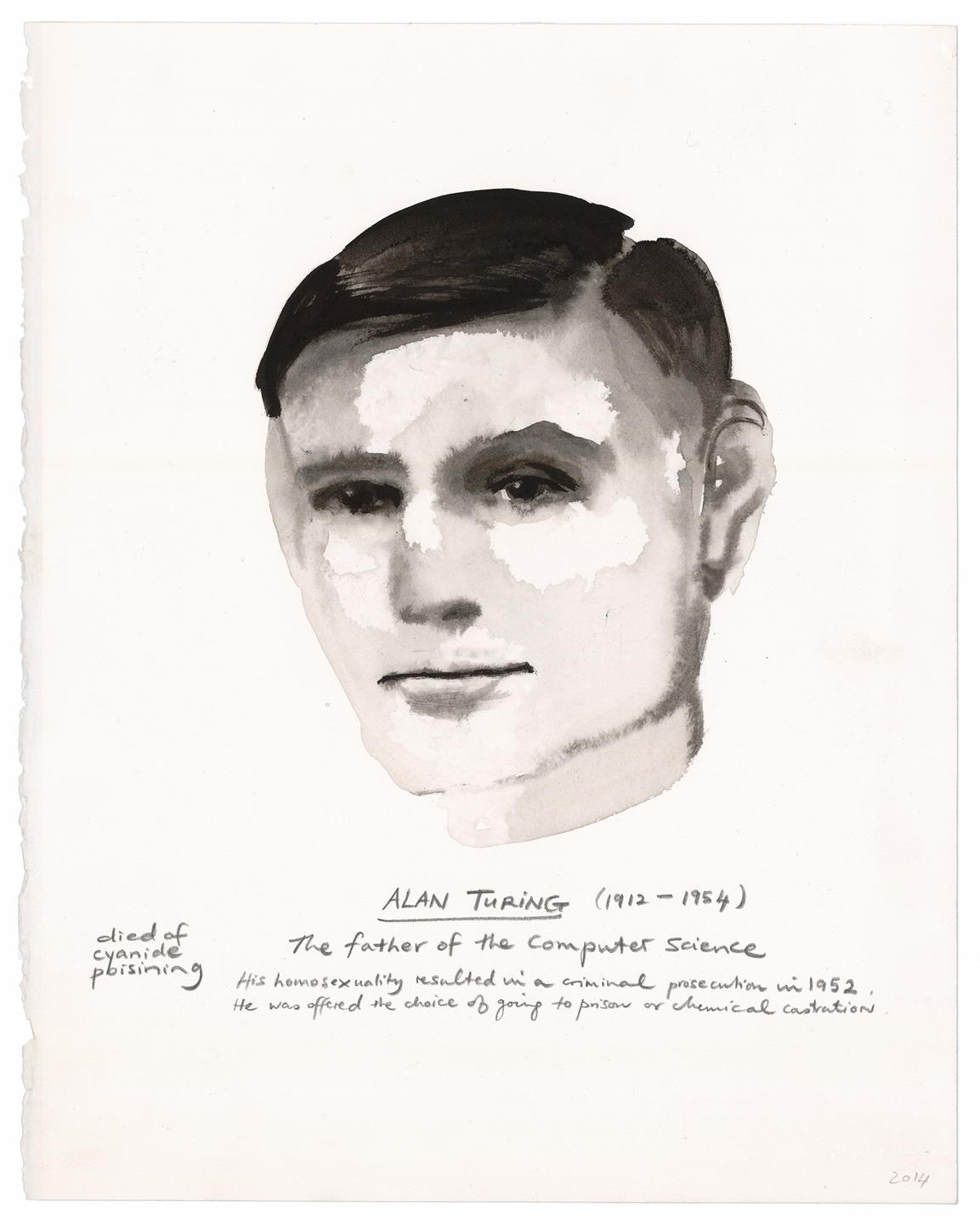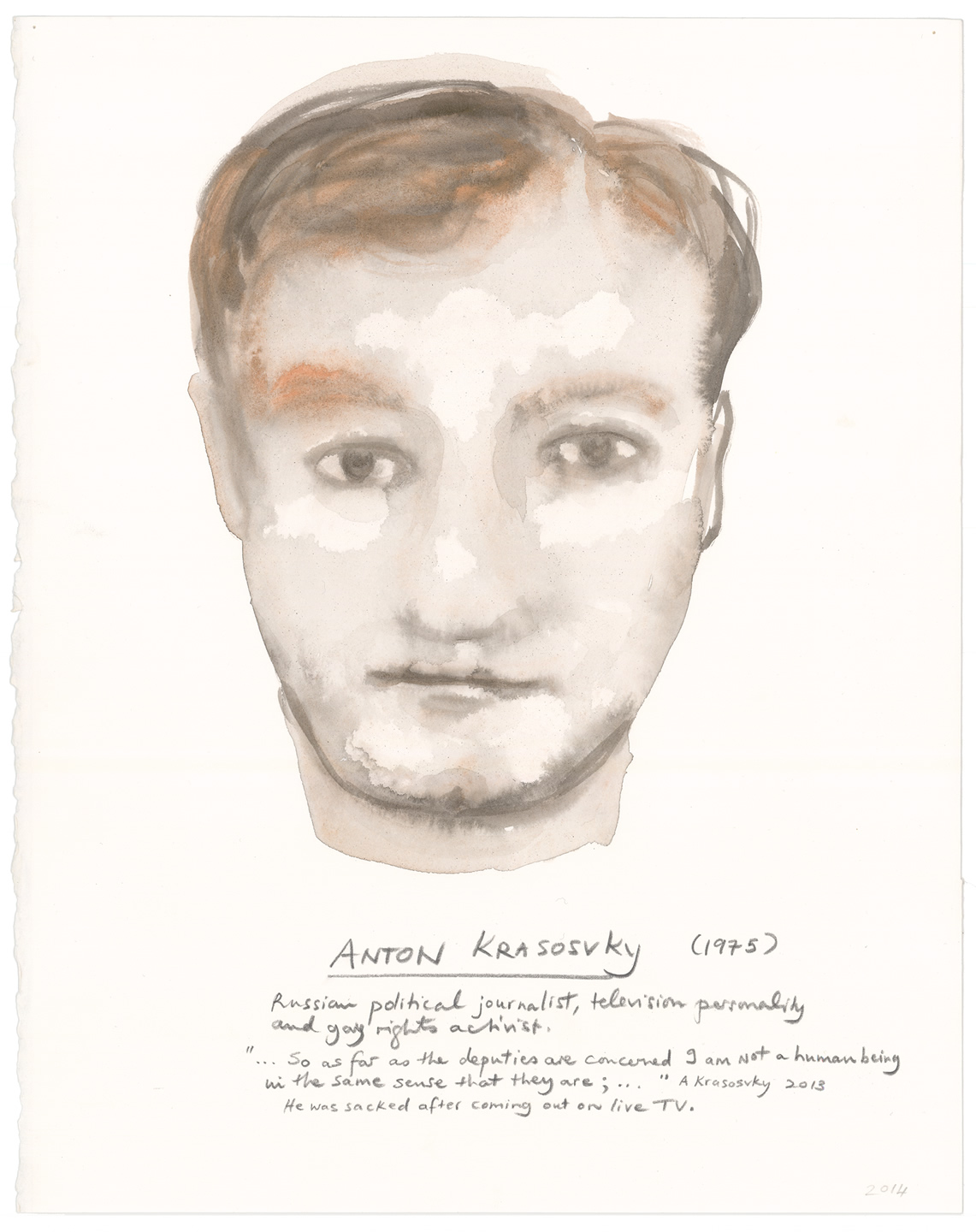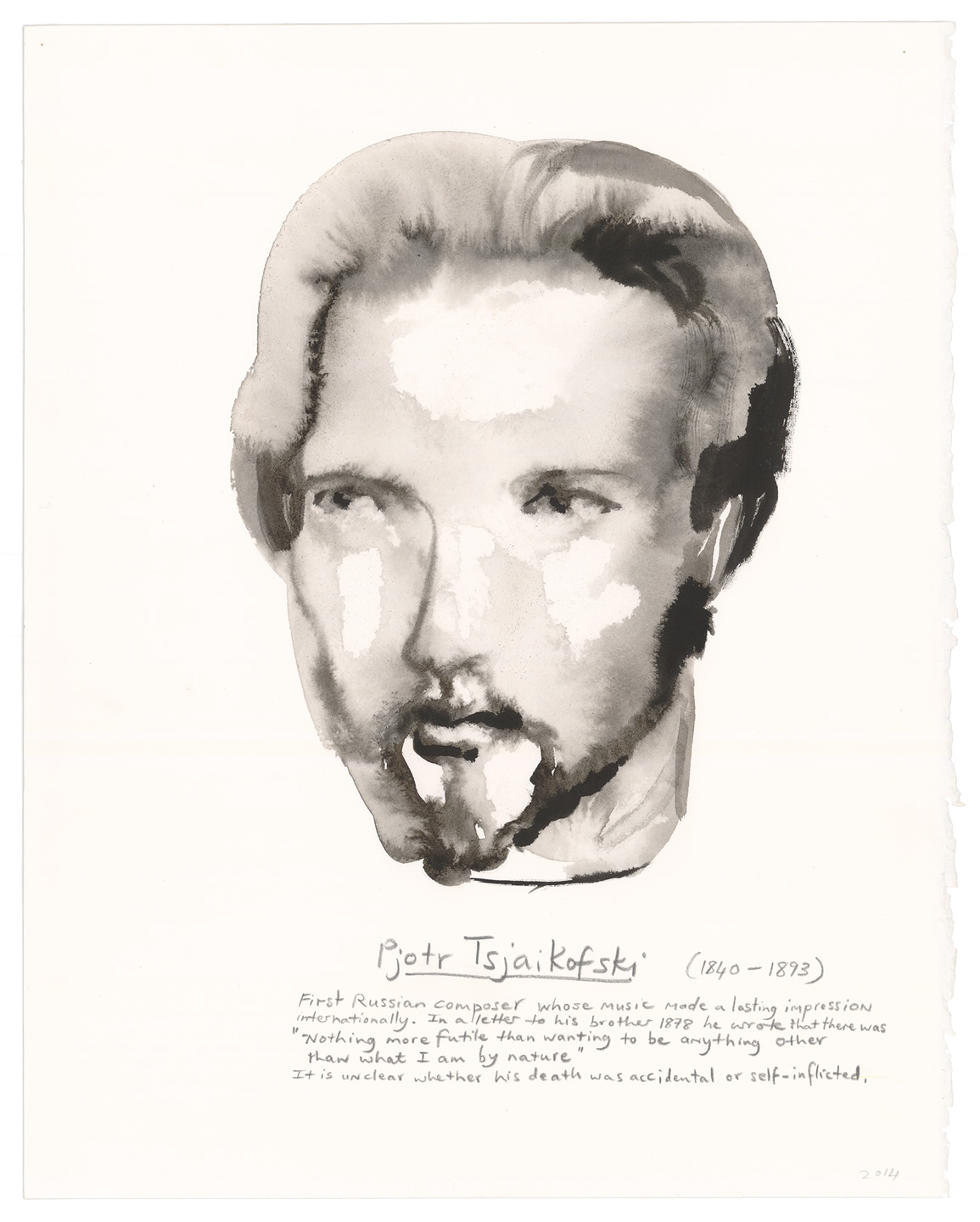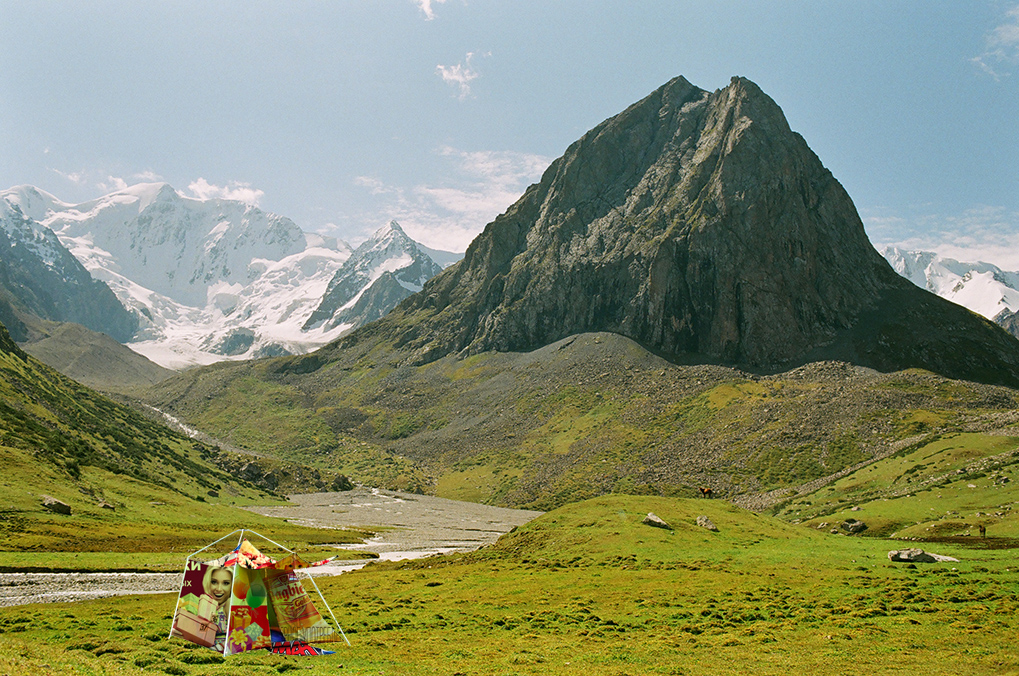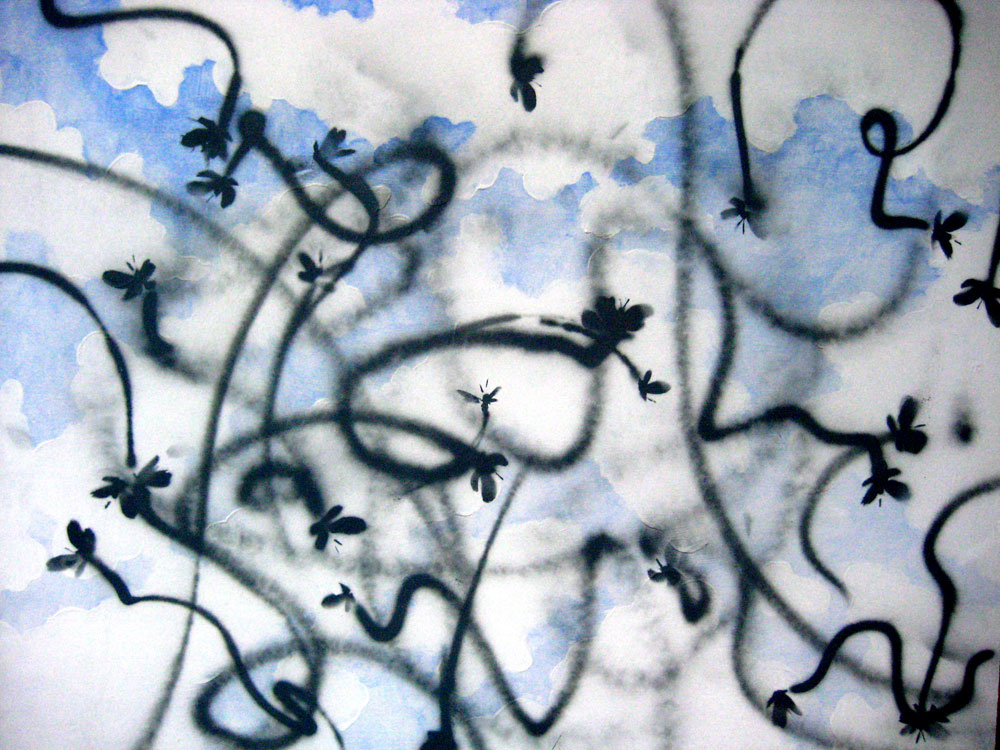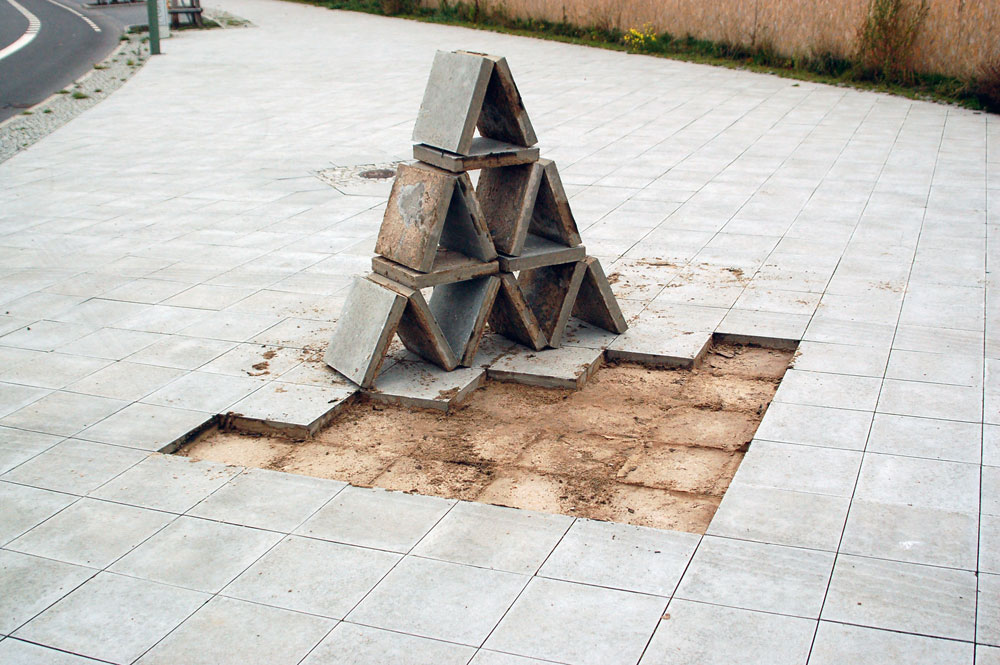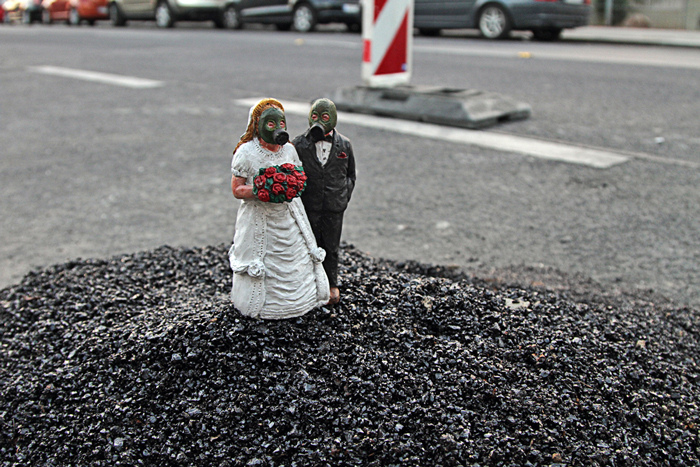Manifesta preview: the biggest hits from the 2014 biennial in St Petersburg
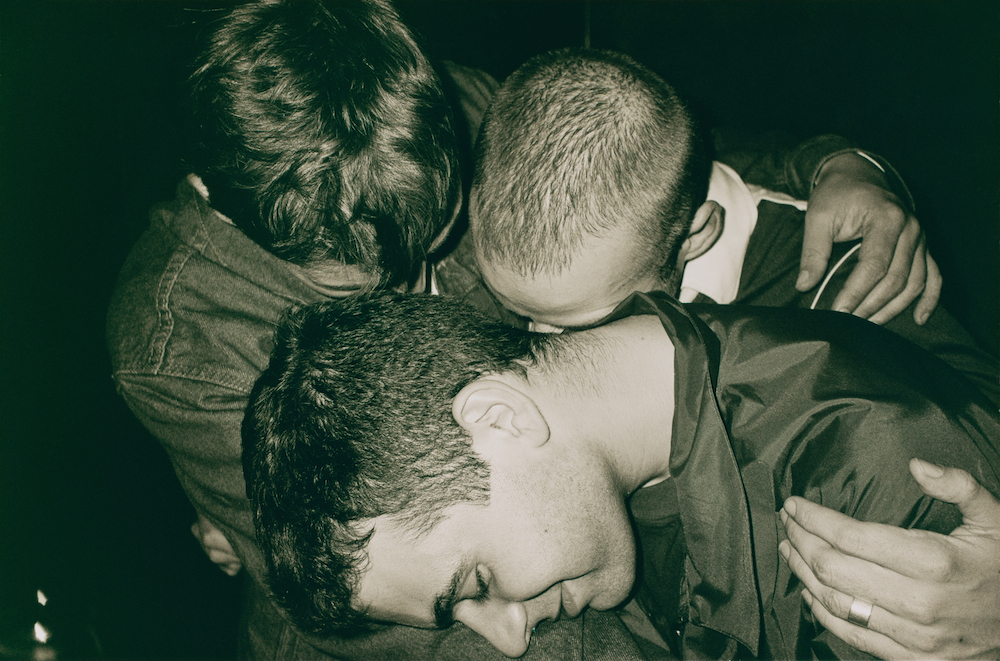
From Wolfgang Tillmans to Marlene Dumas, The Calvert Journal brings you the best on show at this year's Manifesta biennial at the State Hermitage Museum in St Petersburg
After months of controversy and anticipation, the tenth iteration of Manifesta, the nomadic, Europe-wide contemporary art biennial, opens in St Petersburg this Saturday 28 June. Venues all over the city, including the legendary Hermitage Museum, have been given over to Russian and international artists who will look to shake up a city that has acquired a reputation for conservatism both in culture and politics.
We sifted the hundreds of exhibitions, events, talks and happenings to bring you the must-see moments at Manifesta 10.
Wolfgang Tillmans
The Hermitage Museum is the holy of holies of Russian galleries. The big idea of the main exhibition at Manifesta 10 is, therefore, to disrupt this occasionally sanctimonious sanctuary by interspersing new works among the Pisarros and Picassos, bringing the revered masters into dialogue — or confrontation — with contemporary projects.
When it comes to challenging staid sensibilities, a lot might be expected from former Turner Prize-winner Wolfgang Tillmans: at the Moscow Biennale in 2009 he memorably thumbed his nose at homophobia with a giant photograph of a gay kiss. To some people’s disappointment, the German artist recently said that his work at the Hermitage wouldn’t be so openly provocative. Nevertheless, his photographs still engage sensitively and critically with Russia right now: for instance, a photograph of a looming, quasi-militaristic Orthodox Church speaks, albeit in a soft voice, of post-Pussy Riot Russia. Elsewhere in the gallery Tillmans will be showing his Drapery pictures: the classical setting seems like a good place to be reminded that the interplay of light, colour and fabric so integral to Renaissance painting remains a strangely emotive pleasure.
Main Programme, 4th Floor, General Staff Building, State Hermitage
Francis Alÿs
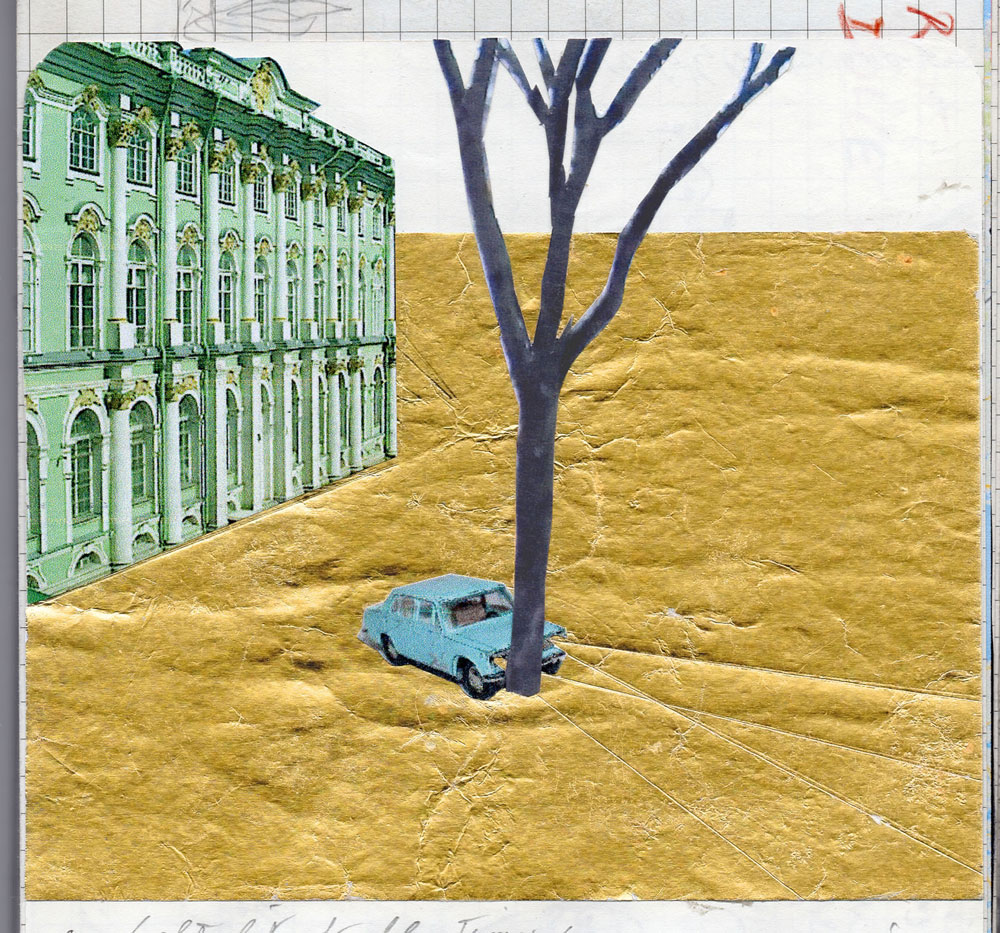 Francis Alÿs, Draft for Lada Kopeika Project (2014)
Francis Alÿs, Draft for Lada Kopeika Project (2014)
In the courtyard of the Winter Palace, there is a pea-green Lada, wedged against a tree. The gesture is not violent: it’s more of a cuddle than a crash. The incongruous old banger represents the culmination of a 30-year-old dream for Belgian artist Francis Alÿs, who in his youth planned of escaping the bourgeois confines of the Low Countries and high-tailing it to Leningrad with his brother. Now they’ve finally made it, and produced a film, on show in the General Staff building, documenting there trans-continental trek. The installation in the courtyard is almost the signature work of this biennial; it is literally unmissable outside the main entrance and thus one of the only contemporary works that the museum’s thousands of visitors will definitely see, before getting lost in the ornate labyrinth of the Winter Palace.
State Hermitage courtyard
Marlene Dumas
No one can deny that two things cast a deep shadow over Manifesta 10: Russia’s involvement in the continuing unrest in Ukraine and the government’s increasingly homophobic rhetoric and legislation. While these concerns have not managed to dissuade Manifesta from taking the biennial to Russia, they have compelled artists, conscious that cultural isolation may only exacerbate problems, to engage with these themes.
Sure to be controversial is the work of Ukraine’s Boris Mikhailov, who has brought his unflinching eye to the events on Kiev’s Independence Square. Less immediately compelling, but more lasting, perhaps, is the response of Marlene Dumas, the much-celebrated Amsterdam-based painter. Having tackled murderers and terrorists, Dumas has applied her exquisite style — brisk but insightful and tender — to a series of portraits of famous gay men, including Tchaikovsky, whose homosexuality remains a blind spot for government-line-towing biographies.
Main Programme, 3rd Floor, Winter Palace, State Hermitage
Death of Tarelkin
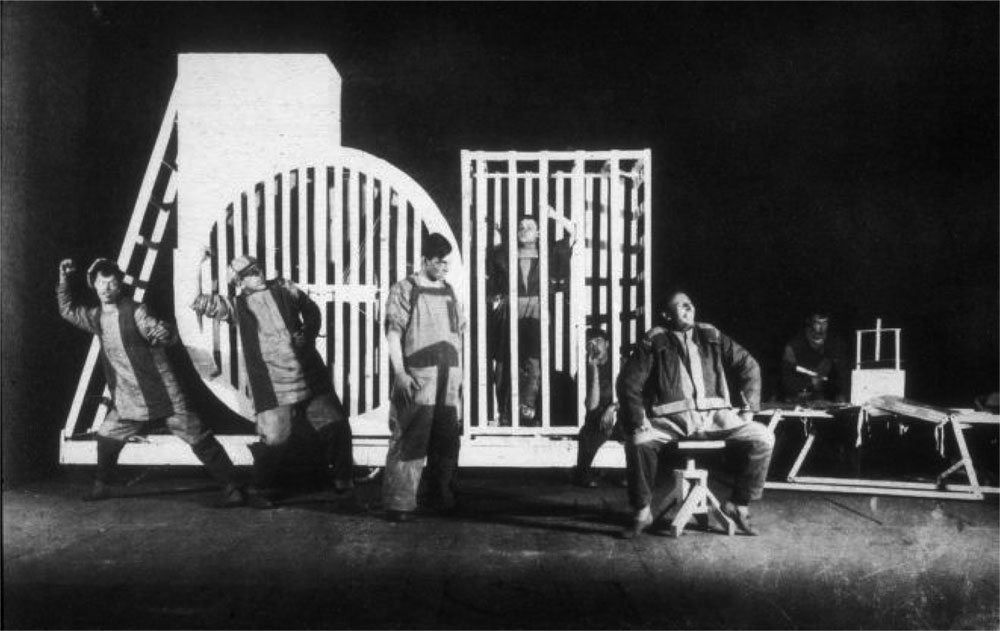 Death of Tarelkin (1923)
Death of Tarelkin (1923)
Continuing the theme of old-meets-new-meets-vague-allusion-to-politics is the Death of Tarelkin, a multi-disciplinary restaging of a grotesquely satirical 19th century satire that invokes one of Russia’s most famous contempoorary inhabitants: Edward Snowden. In a move that also brings to mind the on-going “information war” over Ukraine, this collaborative project — an offshoot of the concurrent Biennale of Young Art in Moscow — uses dance, video and music to investigate the transformation of reality into a multi-layered media-myth and the manipulations of identity in an era of information overload and constant observation.
Parallel Programme, New Stage of the Alexandrinsky Theatre, 10 July
Unlooped — Kino
Tracey Emin, Why I Never Became a Dancer, 1995
You’d expect Manifesta to have a strong video art component, and the screening programme Unlooped Kino (devised by Nathalie Hoyos and Rainald Schumacher from Office for Art, Berlin) indeed delivers with over 70 films, including Tracey Emin’s Why I Never Became a Dancer, available to watch for free. Engaging with the general historical consciousness pervading this biennial, the Unlooped Kino programme, which is comprised of four main strands, draws on various archives to produce a curated survey of time-based media in Europe. While most of the screenings will take place in special Kino boxes at the main exhibition, unwitting train travellers may also get some unexpected cultural exposure: a selection of films will be shown in the waiting room of ornate Vitebsk railway station — the location of the bulk of Manifesta 10’s parallel projects.
Film Programme, Ground Floor, General Staff Building, State Hermitage; Vitebsk Station, 32 Zagorodny Prospekt
Apartment Art as Domestic Resistance
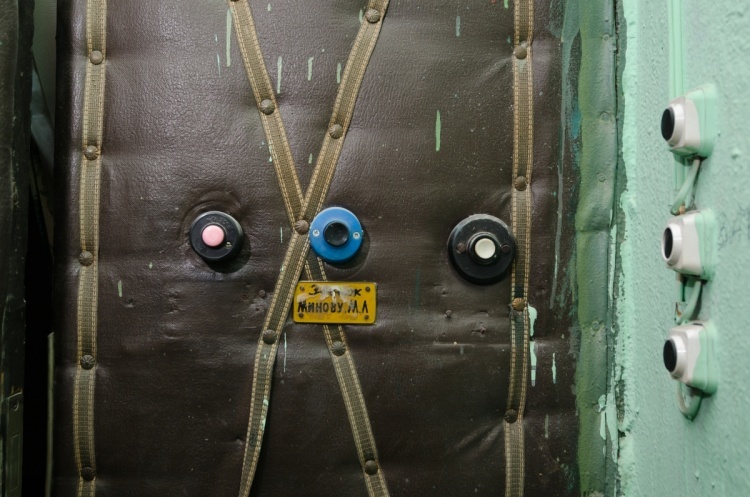
In the oppressive but surprisingly creatively fertile years of official Soviet censorship, the apartment replaced the gallery as the prime location for the dissemination of artistic insight — at least among the members St Petersburg’s vibrant underground art scene. In a unique homage to this tradition, curators Olesya Turkina and Roman Osminkin have taken over an apartment in the city and are inviting visitors to come and participate in a series of talks and performances which will document the city’s history of unofficial art and reflect on what sort of future awaits art excluded from widespread dissemination. Topics under discussion include feminism, non-conformism and engaged art.
Public Programme, Friday, Saturday, Sunday evenings only, Apartment 7, 33 Marat Street
Casus Pacis: Motive for Peace
The original plan was to ask street artists to respond to the centenary of the start of World War I — in itself quite a novel challenge for the genre; but then events took over. Now, Motive for Peace, the inaugural exhibition of the St Petersburg Street Art Museum, is dedicated to events in Ukraine. The museum has (predictably enough) taken over an industrial space, a plastics factory, and invited scores of street artists from all over Russia and Ukraine to make the space their own, including The Calvert Journal favourite Timofei Radya. They’ve also taken over a spin-off space on the island of Kronstadt out in the Gulf of Finland. Organisers see the exhibition as the first step in creating a whole new cultural centre for St Petersburg.
Parallel Programme, Street Art Museum, 84 Shosse Revolyutsii
Tatzu Nishi
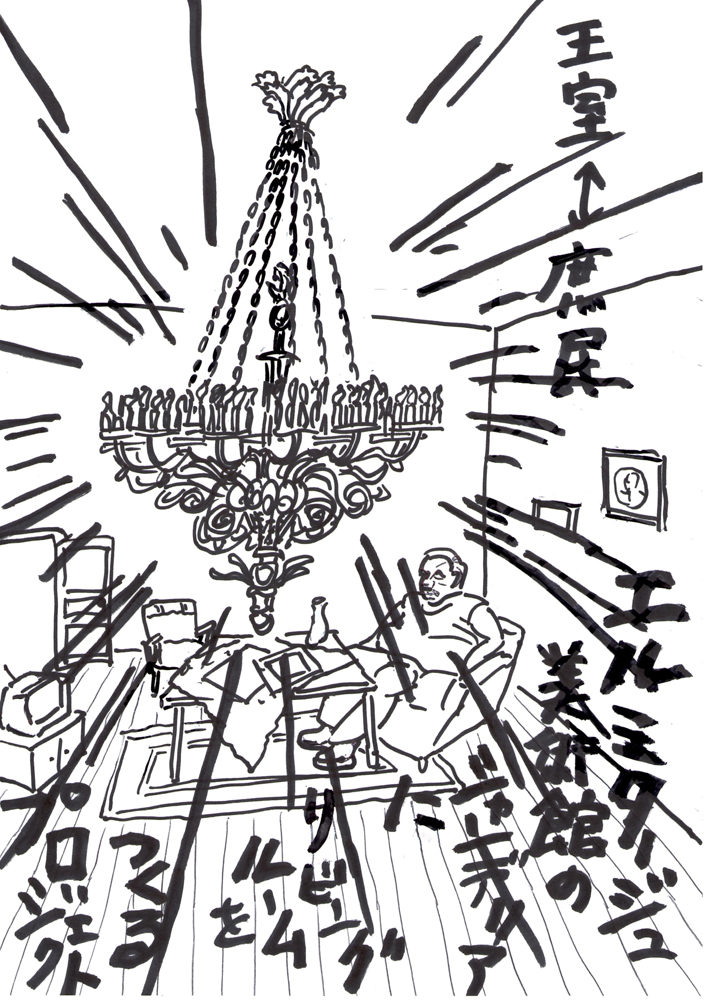
The Russian avant-garde dreamed of tearing down museums to bring art into the homes of the masses. It didn’t quite work out. Tatzu Nishi takes the opposite tack: he brings the home — or at least the hotel room — into the gallery. Fresh from constructing an apartment around a statue of Columbus in New York, the Nagoya-born installation artist has built a cosy Russian living room around one of the Hermitage’s dazzling chandeliers, giving visitors a chance to see what life would have been like if the avant-garde’s dream had come true and Ivan Bloggs really did have a Malevich hanging on the wall.
Main Programme, 2nd Floor Winter Palace, State Hermitage

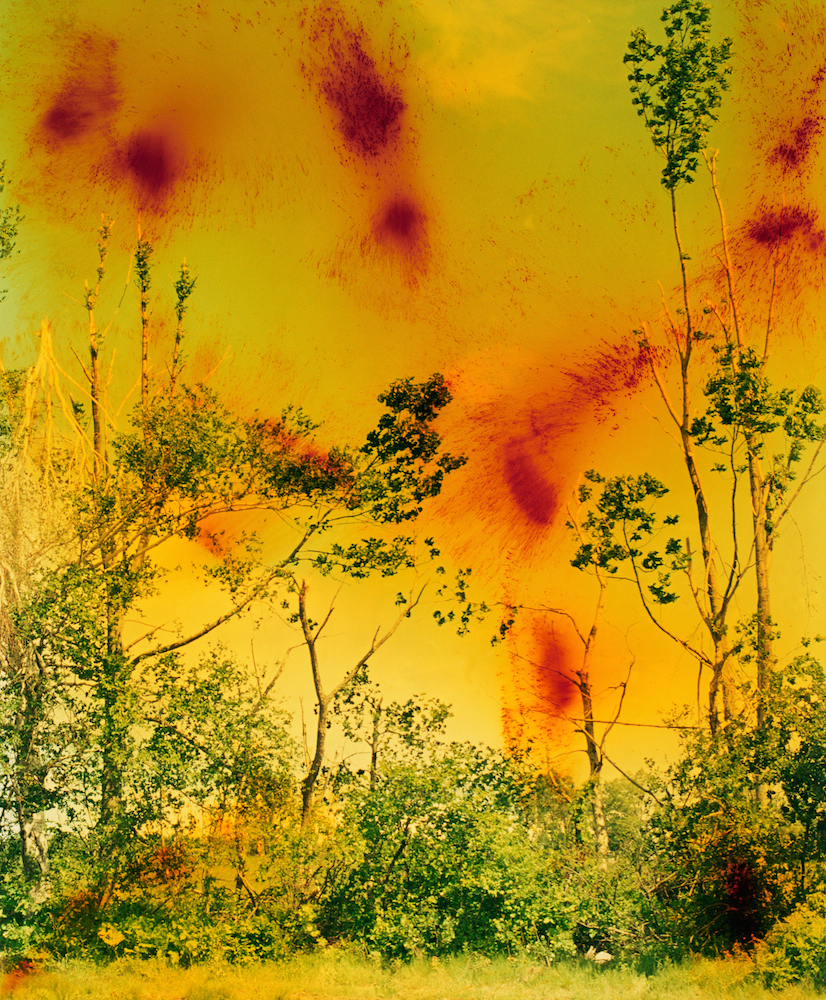
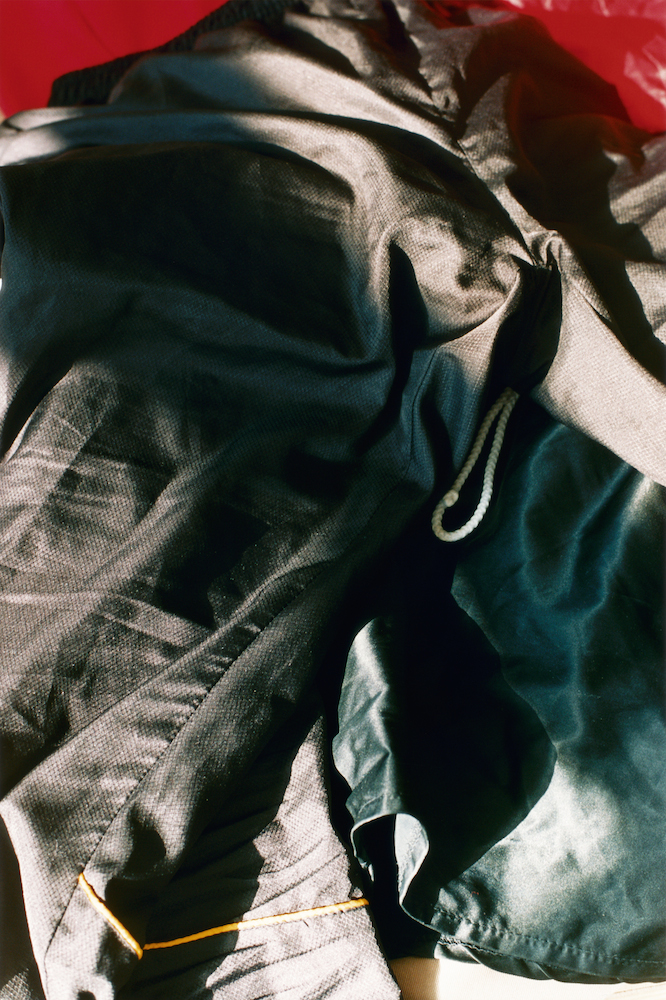
_II_A4.jpg)
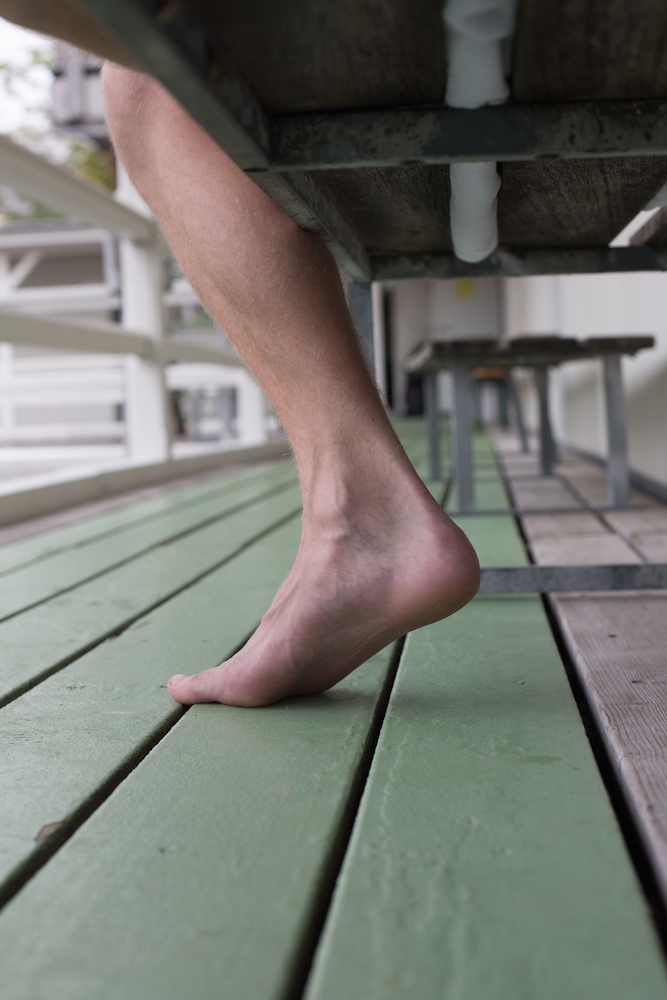
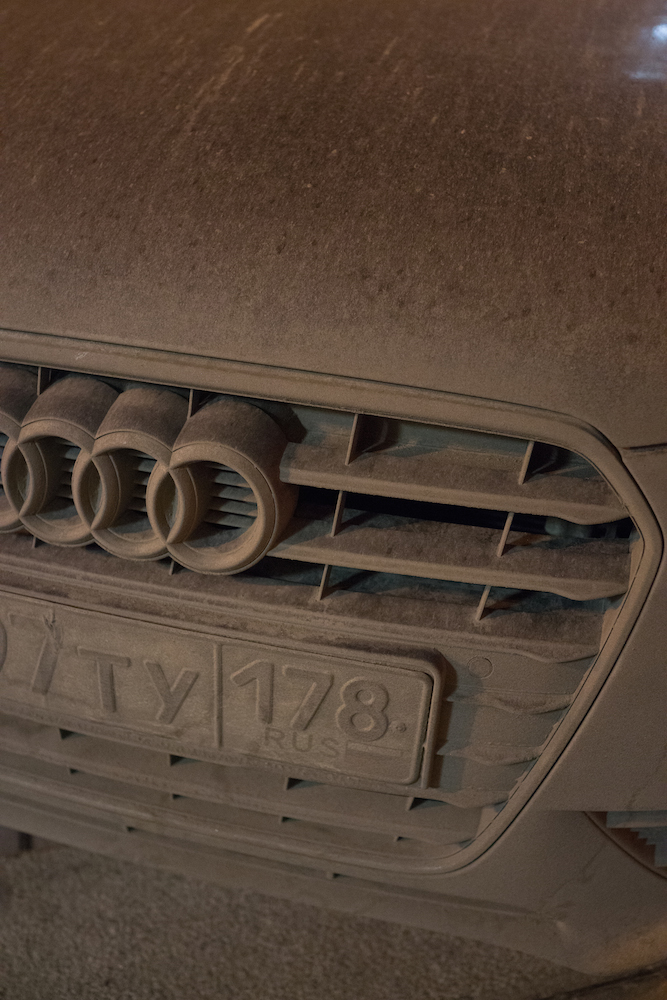
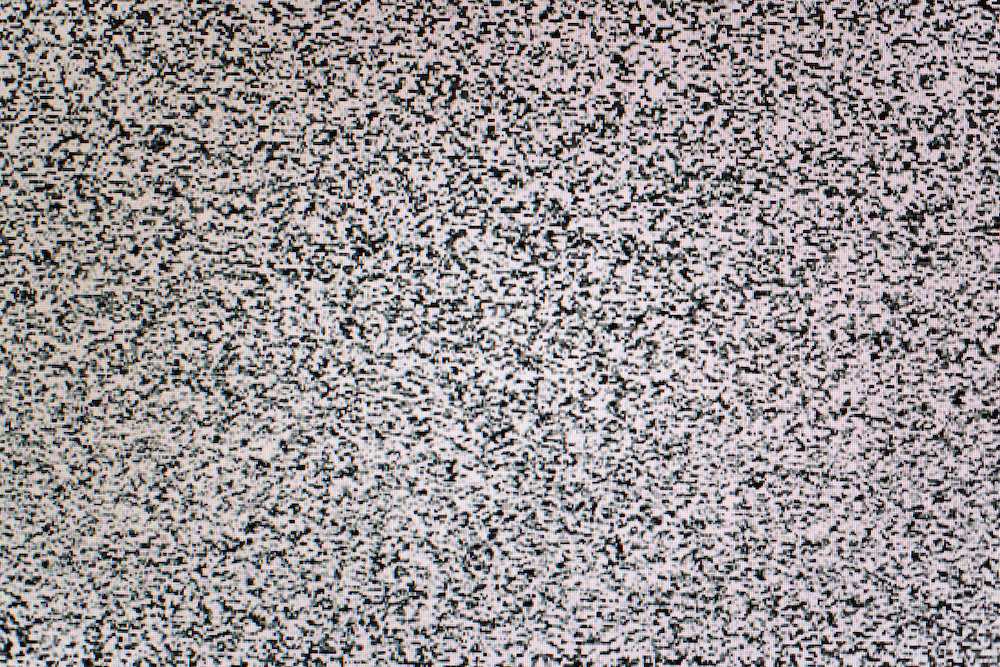
_A4.jpg)
